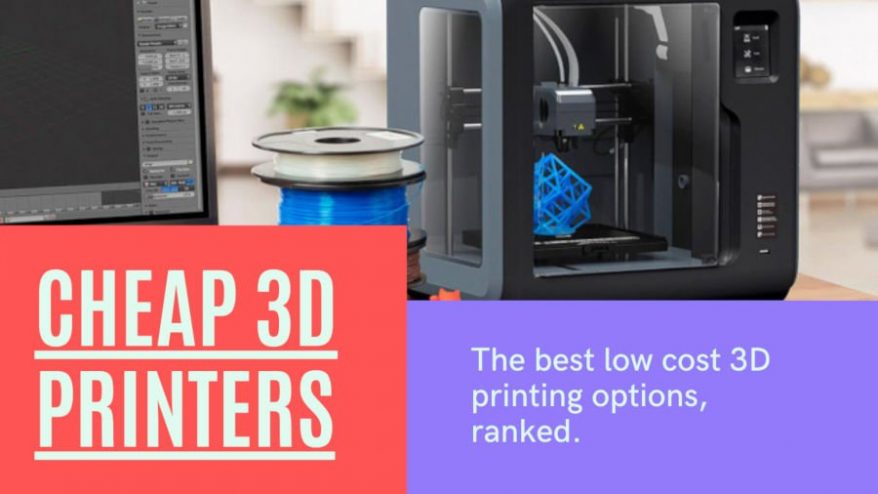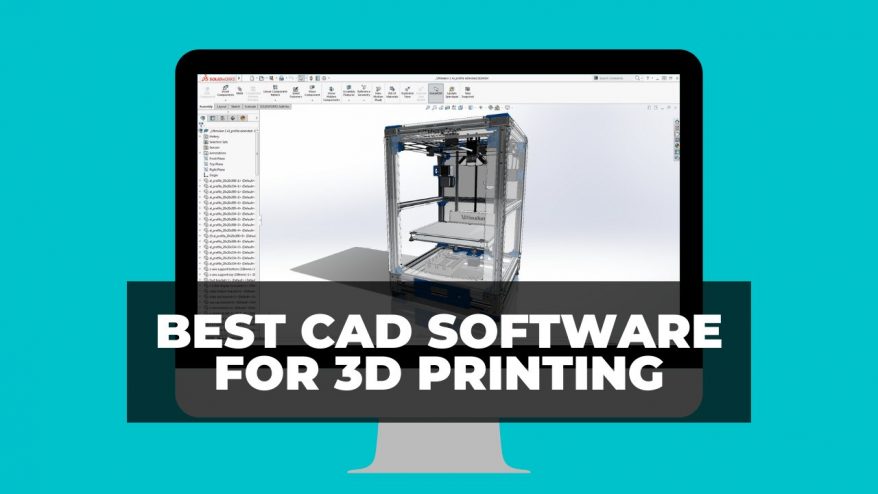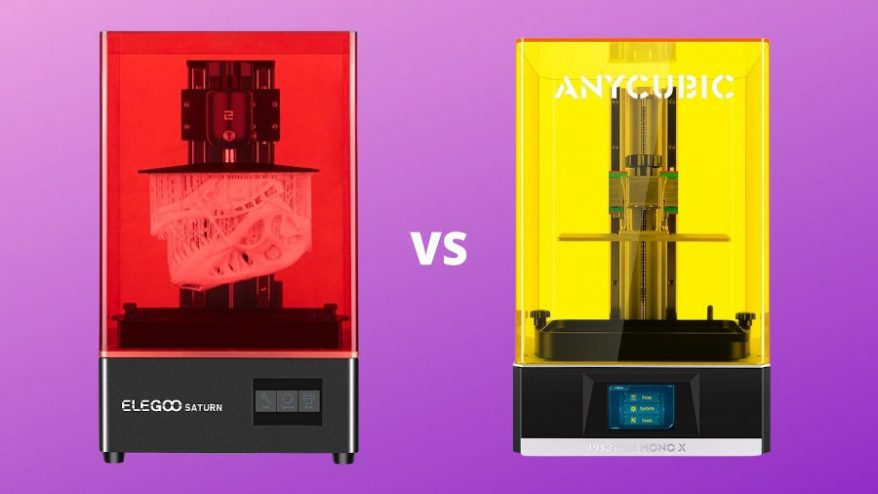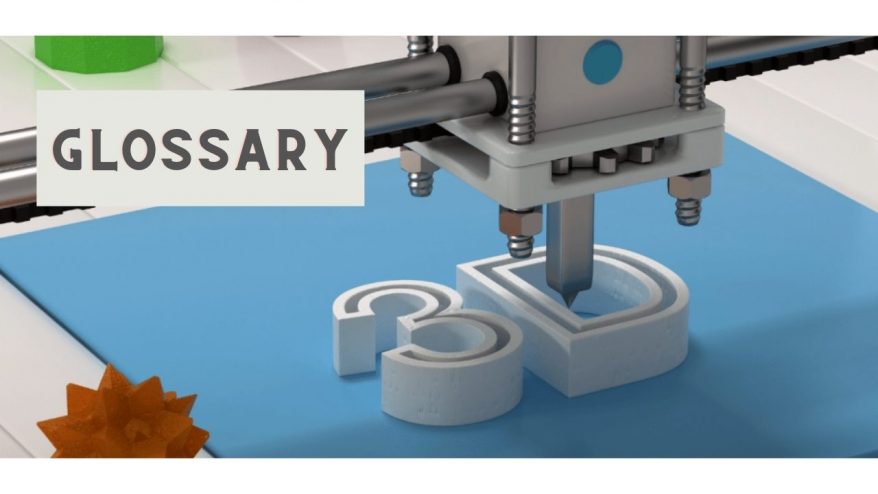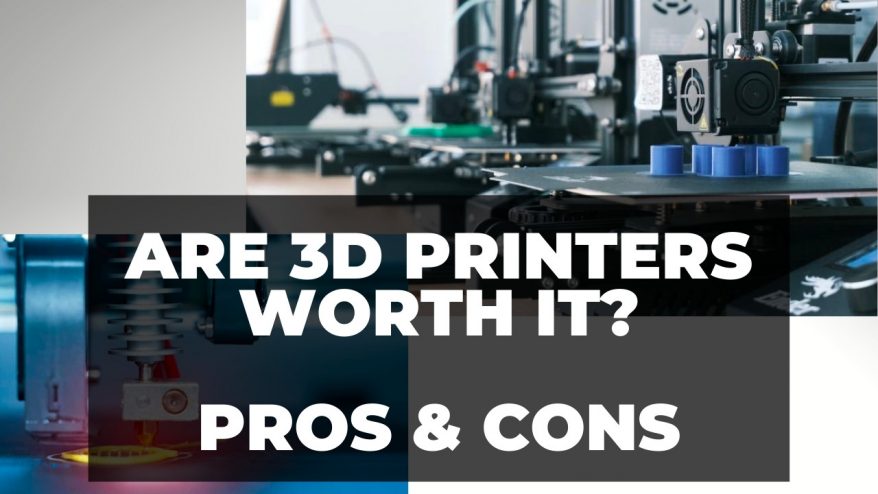
3D Printed Circuit Boards & PCB 3D Printers Explained


At 3DSourced we’ve covered everything 3D printing and 3D since 2017. Our team has interviewed the most innovative 3D printing experts, tested and reviewed more than 20 of the most popular 3D printers and 3D scanners to give our honest recommendations, and written more than 500 3D printing guides over the last 5 years.
Circuit boards are the nerve center of electronics. Every product powered by electricity requires one to operate, and the most advanced devices need efficiently and accurately designed components. Naturally, researchers have begun experimenting with PCB 3D printers to create 3D printed circuit boards to take it to the next level.
Circuit boards work by creating an electrical circuit on a bed of non-conductive material like plastic. Tracks are carved into the board and filled with a conductive metal, usually copper or silver. Electrical components are connected by these tracks when they’re soldered into the board, creating the circuit.
Read more: we also have an article on the best PCB design software.
Why 3D Print Circuit Boards?
Most circuit boards are referred to as Printed Circuit Boards (PCB) due to the fact the first boards were made by using stencils to print special conductive ink onto paper or a board. However, there is a large distinction between these and 3D printed circuit boards.

Traditionally, there are several methods that can be used to produce circuit boards, both for hobbyists and professionals.
Laser Cutting
The tracks can be formed in your circuit board by using a laser cutter to carve out your computer-aided design. The tracks can then be filled with metal to form the circuit.
CNC Milling
Similarly, CNC machines or routers can be used to mill into the circuit board material. Like before, the tracks can then be filled in.
Iron-On Using Glossy Paper
After designing the shape of your desired circuit, it is printed on glossy paper using everyday printers. The design is ironed onto your circuit board and placed in a solution of ferric chloride powder and water, which dissolves away the unwanted material, forming the tracks. This is called ‘etching’.
While this last method can be done extremely cheaply, it, like the other traditional methods, results in a lot of wasted material. It is also quite crude and can reduce the conductivity and efficiency of the circuit.
PCB 3D printers are a much better choice for circuit board manufacturing as they reduce the likelihood of human error, and produce less waste material than traditional manufacturing methods.
How to 3D Print Circuit Boards
3D printing circuit boards offers manufacturers much more freedom over the complexity and scale of their designs than with traditional methods, and wastes less. CNC milling or laser cutting leaves waste material, 3D printing prints only what is needed.
There are two methods for 3D printing circuit boards that you can do at home.
Conductive Filaments
Conductive filaments can be used to 3D print circuit boards designed with pre-arranged tracks on CAD software. The printer then simply prints around them, leaving them open.
Dual extruder 3D printers are also capable of printing using multiple filaments, so it is very easy to print the board using a non-conductive material first, and then fill in the tracks with metal afterwards.
Unlike with traditional methods, 3D printing’s extensive capabilities have allowed experts to begin experimenting with unconventional designs. Some have produced circuit boards with multiple distinct layers. These have reduced waste space inside electronic products, making them more rigid and durable.
Others have also begun looking at printing using different shapes, colors and dimensions. Johan Von Konow, a Swedish engineer, is developing large, colorful 3D printed circuit boards for use in a variety of industries such as gaming. They require no special equipment, with low costs, and integrate wires internally to reduce damage.
The removal of previous design restraints is something that will shape the future of electronics, and facilitate development in sectors that rely on them.

Hollow Traces
The second way circuit boards can be produced is through hollow traces. This process involves printing a solid block of material, with hollow tracks formed internally. The electronic components are inserted into it, and are connected by filling the board with either electric paint or conductive epoxy resin.
Hollow tracing is a much quicker and easier process than FDM printing, and does not require any post-production soldering. Filament printing only forms the board itself, which components must then be attached to, whereas this can be completed without any extra work.
However, on the flip side, it is much less capable of forming complex designs with many components, and you must also factor in the cost of the epoxy or conductive paint, which adds to your costs.
Both have their advantages, and it is important to carefully consider which process is best suited to your needs before you start.
The Best Desktop 3D Printed Circuit Board Printers
Getting Started: Voltera V1-PCB Printer
For those looking to begin 3D printing circuit boards, the Voltera V1 is an excellent entry-level printer for the job. It has a respectable build volume, and is compatible with multiple design software packages. It’s one of the cheapest PCB 3D printers on the market.

For Experienced Users: Squink by Bot Factory
At a pricier $3,199, Squink is a step up for those looking to print bigger and more complex circuit boards. It has 3 nozzles: one for printing, one for gluing or applying solder place, and one for pick and place.
What’s more, Bot Factory are currently working on developing the ability to automatically insert electrical components during the printing process, which would speed up to overall process noticeably.

Cutting Edge: Nano Dimensions DragonFly 2020 PCB 3D Printer
Despite being heralded as the first desktop 3D PCB printer, the Nano Dimensions DragonFly 2020 is still the king; it even looks like something out of a science fiction movie.
It has among the largest build volumes of any PCB 3D printer on the market, and supports a majority of conductive paints and inks for hollow traces. However, all this won’t come cheap, as prices start at $50,000, so it’s best to start saving now.

The Pros and Cons of 3D Printed Circuit Boards
Advantages of PCB 3D Printing
Quick Design-to-Production Time
Having the entire process of design and manufacturing done by computers makes the design-to-production time of 3D printed circuit boards much faster than using traditional methods. This makes production much more efficient and increases the production capacity.
Less Waste Material
With 3D printing, only the required material is used, unlike with traditional methods where excess material is milled or corroded away. This has an enormous impact on cost, especially in large quantities and over time.
Greater Design Flexibility
The design flexibility that comes with computer design in 3D printing means that researchers can experiment with different forms, shapes and layers. This more targeted approach is a major development for other industries that rely on circuitry, such as gaming and entertainment.

Limitations of 3D printed circuit boards
Lack of Software Support
There are a few open-source design software applications for 3D printing circuit boards. If mastered, they are much better than other CAD programs. However, they can be quite inaccessible for less savvy designers, with a noticeable lack of support or guidance on how to use them.
This makes it difficult to pursuit 3D printing circuit boards unless you are experienced in the field, and know the ins and outs of design. It is definitely not a first step.
Conductivity of Materials
The epoxy resin or conductive paint used in hollow trace production is certainly designed to facilitate conductivity of your circuit, but It’s still much less effective than metal.
Depending on the scale of your project, this may not be a problem, but the electrical resistance of such materials is something to bear in mind when designing your 3D printed circuit board.
Risk When Soldering
If using the conductive filament approach, you will have to subsequently solder electronic components to the 3D printed circuit board you have produced. Involves depositing melted metal onto your board which, if done carelessly, could weaken it significantly.
Soldering irons are typically heated to upwards of 300°C, more than enough to damage the 3D printed metal on your board. It is easy to account for if you are skilled and paying attention, but make sure a slip of the hand does not undo all of your hard work.
What Can Be Achieved with 3D Printed Circuit Boards and PCB 3D Printers?
The true extent of the applications of 3D printed circuit boards are only just beginning to be understood. Far beyond the manufacture of everyday circuits for household devices, 3D printing is beginning to prove itself in much more advanced industries.
In May 2020, German aerospace company HENSOLDT, in association with Israeli technology firm Nano Dimensions, announced that using 3D printing, they have been able to produce a 10-layer, double sided circuit board.

Using Nano Dimension’s dielectric polymer and conductive inks, they had been able to create a circuit board with electrical components soldered to both sides, allowing for two distinct devices to be controlled using a single board.
It is inefficient to the point of infeasible to produce a board like this with traditional methods, but additive manufacturing has allowed HENSOLDT to create a functioning prototype, the first of its kind. 3D printing is expected to be crucial for prototyping in a constantly evolving industry.
HENSOLDT are very active in producing devices for use in the military, namely radar sensors and communication tools. The ability to 3D print circuit boards in this way is expected to drastically reduce weight and improve the design efficiency of military vehicles and equipment in the future.
What’s more, with military research a constant and ever-evolving sector, the ability to quickly and cheaply produce short-run prototypes that could save lives on the battlefield is a priceless gift.
Many helpful tools we use in daily life, strangely, come from use in the military first, Velcro and satellite navigation to name just a couple. While the 3D printing of circuit boards is at the cutting edge of military technology right now, with a few years or decades, it is doubtless going to become a fixture of domestic life. This is especially true here, given the ubiquity of 3D printing technology.
3D printed circuit boards will soon become a hidden gem in all our lives.







